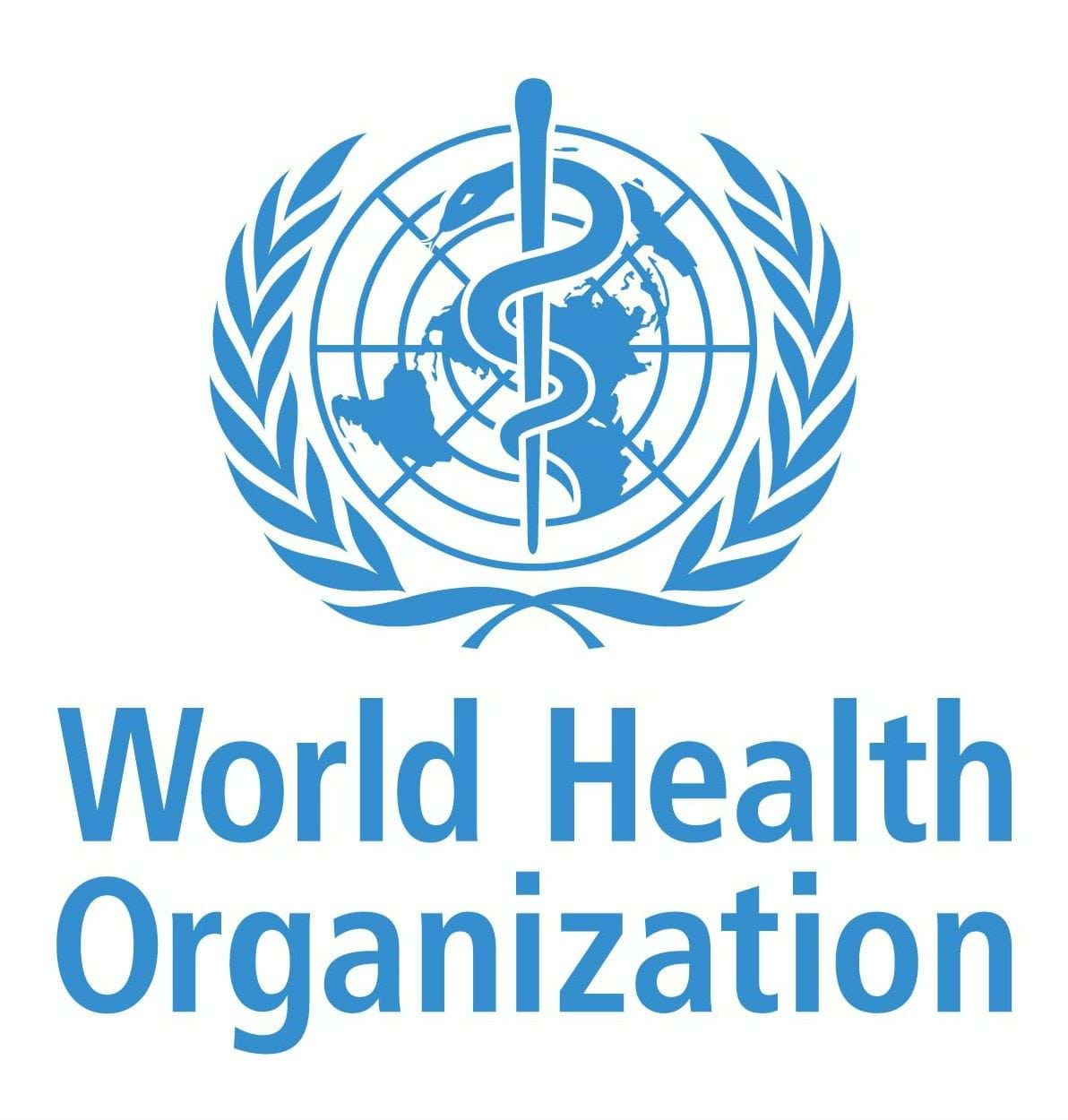Nutrition and reproductive, maternal, newborn and child health

Overview
Nutritional status greatly influences an individual’s growth, educational attainment, productivity, reproductive success, and susceptibility to disease. Children undernourished within their first 1,000 days of life have slower cognitive and physical development and are less likely to perform well in school. In 2001, the Commission on Macroeconomics and Health showed that higher income is associated with better health (“wealthier is healthier”), but also showed a link from improved health and nutrition to economic growth (“healthier is wealthier”). Thus, the macroeconomic consequences of malnutrition for low- and middle-income countries can be significant. Approximately 165 million children suffer from undernutrition. Presently, childhood malnutrition is responsible for up to 45 per cent of all deaths among children under five. African countries (excluding north Africa), in particular, have struggled to tackle malnutrition. Improvements in nutrition can be undermined by food insecurity; only three countries have been able to reduce hunger by 50 per cent or more (Ghana, Mauritania). In five countries, hunger has worsened over this time. African countries also face an uphill battle against Anaemia, with more than 70 million women of reproductive age suffering from it, increasing their likelihood of dying from a post-partum haemorrhage during childbirth. At current trends, it will take more than 150 years to resolve this problem in Africa.

.png?sfvrsn=6d0e27cd_1)



